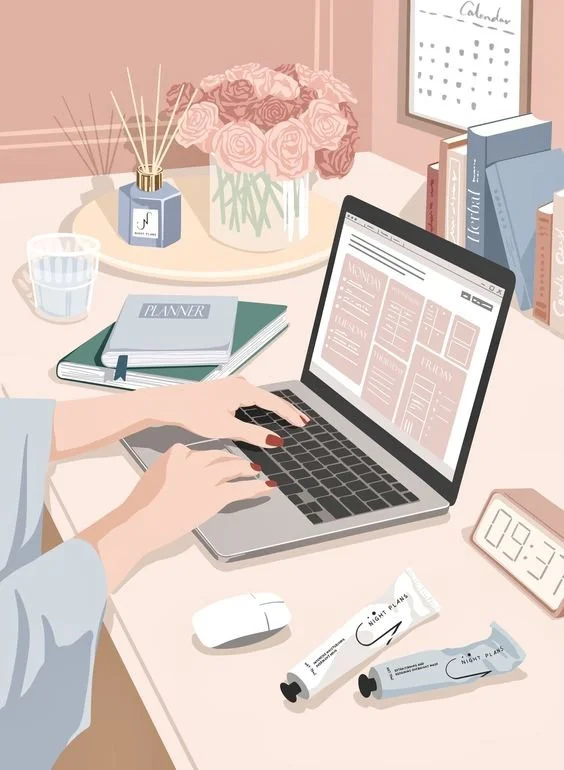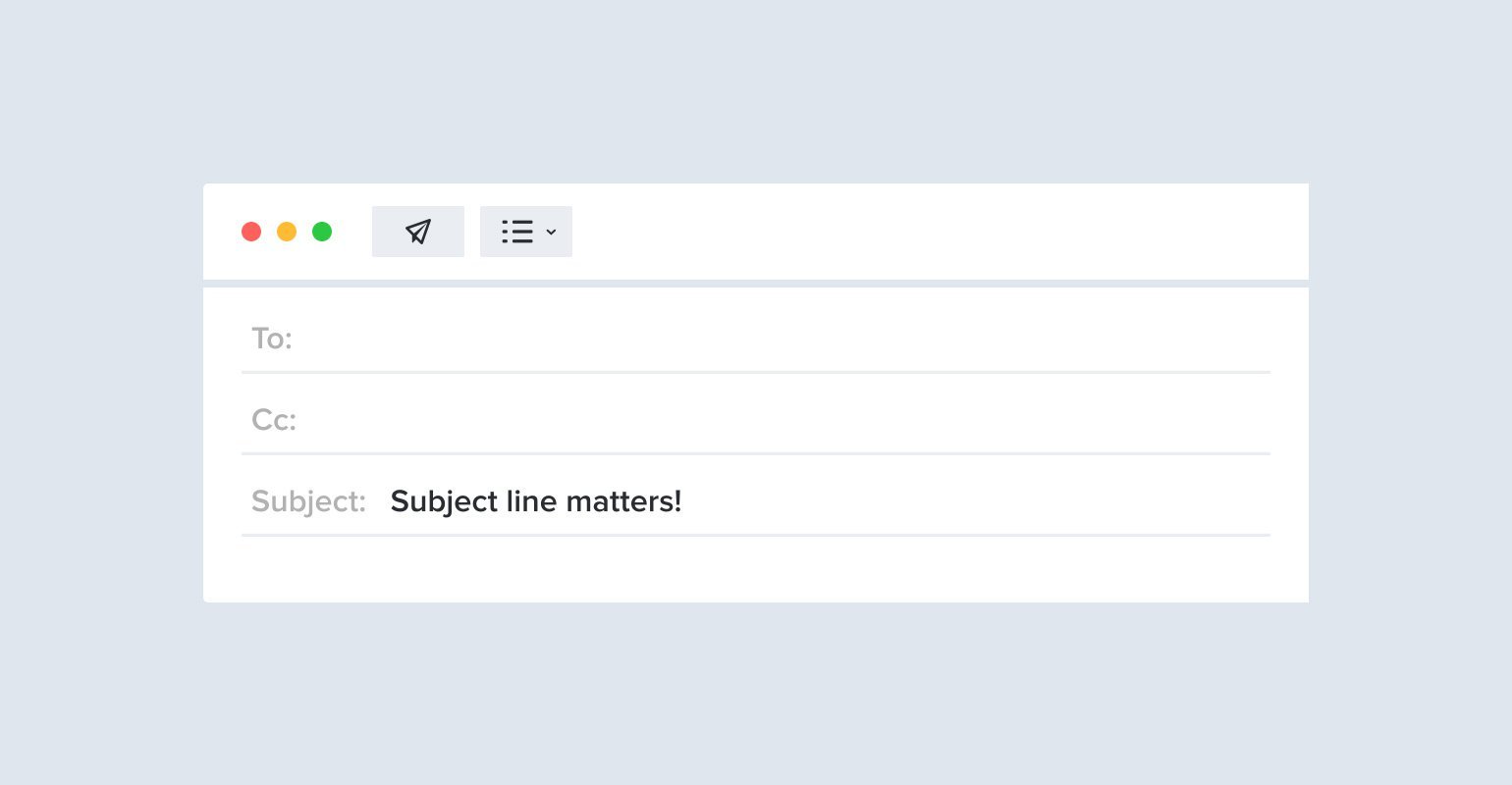Email Etiquette
When it comes to communicating in a professional environment, emails are one of the most common forms. They can be used for a variety of reasons, from scheduling a meeting time with a coworker to creating a first impression on a potential new employer. No matter the reason behind the email though, it is important to maintain a certain level of professionalism.
First, let’s talk about subject lines.
They are what the receiver sees first about what content the email holds. In other words, they are very important. A subject line should never exceed seven words. It should be specific and straight to the point. It should also have correct capitalization, spelling and grammar. Speaking of correct capitalization, never use all capital letters in an email. This is considered screaming and, therefore, can be very rude. On the other hand, do not use all lowercase letters, as this is difficult to read and considered very unprofessional. Generally, correct capitalization means capitalizing letters at the first word of every sentence, names of people or places, and proper nouns.
Keep your emails short and to the point. No one wants to sit and read an endless email with a bunch of fluff words, especially when most employees have multiple other things to manage. Also, break your emails up into smaller paragraphs. This makes them easier to read and also makes them more appealing to read. Take this article for example, it would seem overwhelming to read this much content if it was all one paragraph.
Always make sure to sign your name at the end of every email. This is especially crucial when emailing a potential employer so that they will know exactly who you are. While there may be situations where the person receiving them may personally know who you are, it is still common courtesy to sign your name. Emails are much more formal than text messages and should be treated accordingly. Also make sure to sign both your first and last name. One trick that would be helpful while also increasing your professionalism would be to create a personalized email signature that includes information such as your full name, phone number, email address, school and major, and any leadership titles or roles.
When responding to someone, make sure to hit the “reply” function and not create a new email. This can be confusing for both you and the receiver, so it is important to keep the thread going. Also make sure to not forward someone’s email without their permission. They may not want anyone but you reading the information contained in the email.
When it comes to emailing in a work environment, it is important to follow these guidelines in order to maintain a certain level of professionalism. These rules can also be followed when emailing your professors and TAs. The guidelines simply ensure that you show respect to your employers and coworkers, and in turn, that you are respected by them.








